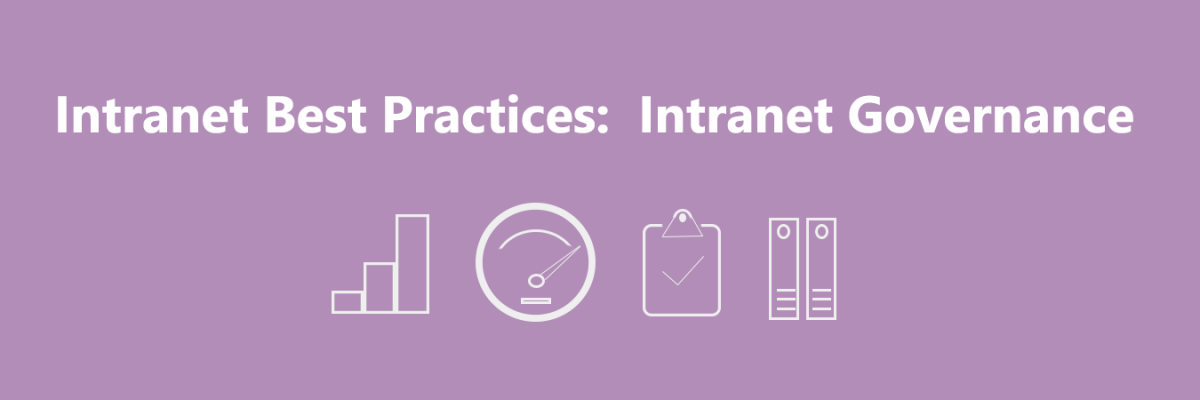Intranet Governance
One of the most important parts of creating an intranet is instituting governance. There are several different ways an organization can approach intranet governance. Having structures and policies shape how governance is applied (or not) and can make or break how company employees end up using the intranet. Powell 365 wants everyone to get the best out of a corporate intranet. In order to help intranet managers and owners build the best intranet framework, here are some Powell 365 intranet best practices based on governance.
What is intranet governance?
The UN ESCAP defines the word governance as “the process of decision-making and the process by which decisions are implemented.” Therefore, you can define intranet governance as the set of processes that guide the development and management of an intranet. When properly designed, an intranet seemingly runs itself. However, you cannot expect a corporate intranet to succeed without being properly managed.
1: Roles and Responsibilities
The first step is setting up roles and responsibilities. It is nearly impossible to define one clear owner of a corporate intranet because every employee should be a participating owner. Therefore, it is important to identify certain members within the organization to act as the intranet team. The best way to ensure intranet implementation is with an intranet team. This team is made up of identified experts who are responsible for the corporate intranet development and services. Basically, they have a good grasps of intranet tools and keep the office intranet running smoothly. Every intranet team needs an administrator, project managers, content creators and a motivated company executive.
2: Intranet Strategy
The second step is to create your intranet strategy. Creating an intranet strategy outlines the intranet content workflow. It must incorporate the strategic vision and functional plan of how the intranet team operates. This strategy defines what kind of content is created and where the content is posted. It also includes timelines to establish how often content is posted and a framework that identifies who writes, reviews, and/or updates intranet content. Developing an intranet strategy can be intimidating but it is a vital part of intranet management. Having a strong intranet strategy allows the intranet team to plan effectively, distribute resources and keep the office intranet relevant and up-to-date.
3: Content Creation
Keeping an eye on content is an important part of intranet governance. Content makes an office intranet social and informative. It also endorses a company’s brand with an overall look and feel. Make sure to define who will be responsible for publishing what kind of content. As intranet content can be broken down into several types of media, everything from employee profiles to company news to project templates can be seen as valuable intranet content. Focus on the needs of the end users. Having great content readily available for users is one of the many benefits of an intranet. So don’t overlook its importance.
4: Encourage Communication and Collaboration
An intranet thrives because of its community of users. Having a clearly defined governance model should not limit employees. Users should have a voice and participate as the main function within an intranet website. Make sure that fun and interactive features, such as community feedback tools, are laid out within the intranet templates. Encouraging communication and collaboration across the corporate intranet boosts employee engagement levels within the organization and in turn further grow intranet use.
In conclusion
When building an intranet into corporate culture, it is important to think about long term benefits. Putting a good intranet governance in place will help drive the implementation process down the road. If you take the right approach and follow these intranet best practices, everything will fall into place and your employees will benefit.



